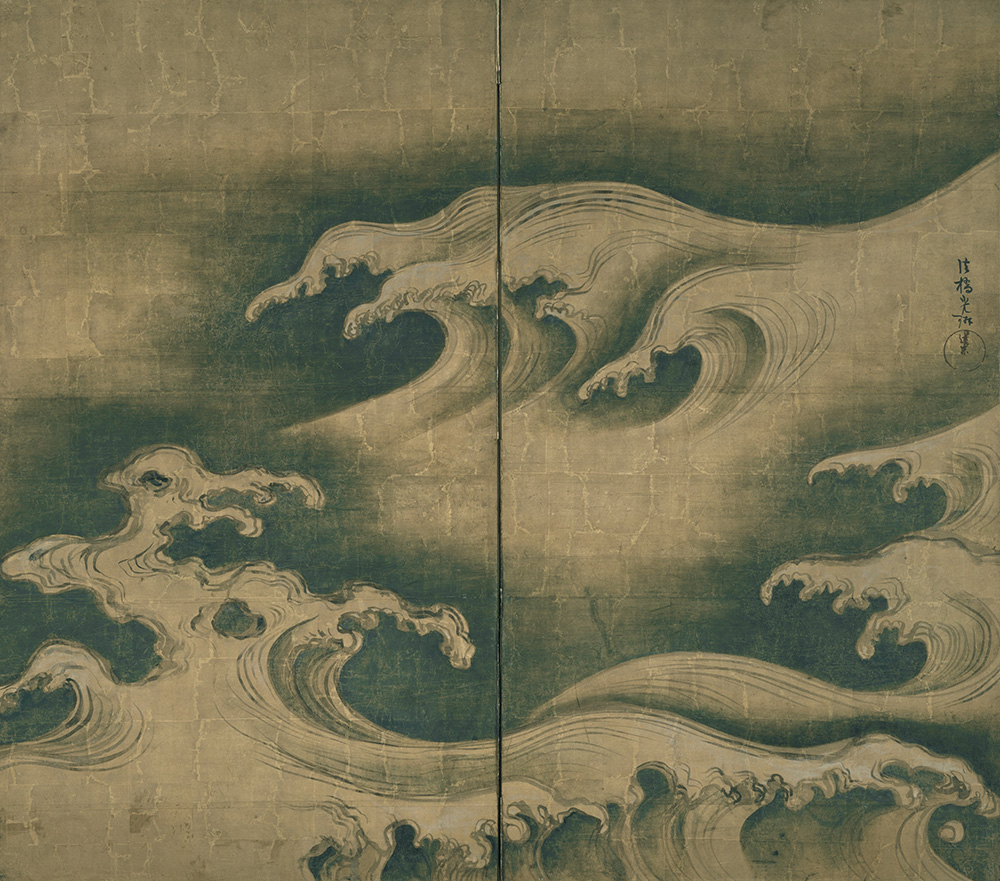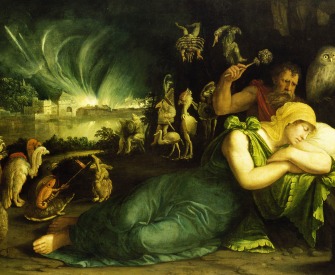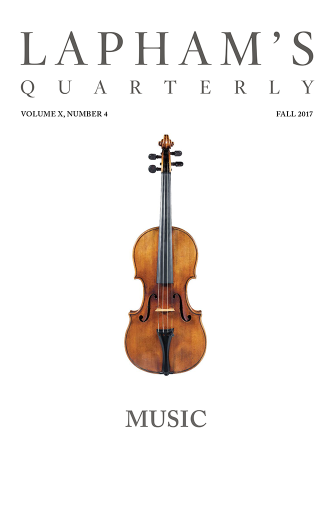Persons who observe an eclipse of the sun always try to do the impossible. They seem to consider it a solemn duty to see the first contact of sun and moon. The moon, when seen in the daytime, looks like a small, faint cloud; as it approaches the sun it becomes wholly unseen; and an observer tries to see when this unseen object touches the glowing disk of the sun.
When we look at any object other than the sun, we stimulate our vision. A good observer will remain in the dark for a short time before he makes a delicate observation of a faint star and will then throw a cap over his head to keep out strong lights.
When we look at the sun, we at once try to deaden its light. We protect our eyes with dark glasses—the less sunlight we can get the better. We calculate exactly at what point the moon will touch the sun, and we watch that point only. The exact second by the chronometer when the figure of the moon touches that of the sun is always noted. It is not only valuable for the determination of longitude, but it is a check on our knowledge of the moon’s motions. Therefore we try for the impossible.
One of our party, a young lady from California, was placed at the chronometer. She was to count aloud the seconds, to which the three others were to listen. Two others, one a young woman from Missouri who brought with her a fine telescope, and another from Ohio, along with myself, stood at the three telescopes. A fourth, from Illinois, was stationed to watch general effects, and one special artist, pencil in hand, was present to sketch views.
Absolute silence was imposed upon the whole party a few minutes before each phenomenon.
Of course we began a full minute too soon, and the constrained position was irksome enough, for even time is relative, and the minute of suspense is longer than the hour of satisfaction.
The moon, so white in the sky, becomes densely black when it is closely ranging with the sun, and it shows itself as a black notch on the burning disk when the eclipse begins.
Each observer made her record in silence, and then we turned and faced one another, with record in hand—we differed more than a second; it was a large difference.
Between first contact and totality there was more than an hour, and we had little to do but look at the beautiful scenery and watch the slow motion of a few clouds, on a height which was cloudland to dwellers by the sea.
Our photographer begged us to keep our positions while he made a picture of us. The only value to the picture is the record that it preserves of the parallelism of the three telescopes. You would say it was stiff and unnatural did you not know that it was the ordering of Nature herself—they all point to the center of the solar system.
As totality approached, all again took their positions. The corona, which is the “glory” seen around the sun, was visible at least thirteen minutes before totality; each of the party took a look at this, and then all was silent, only the count, on and on, of the young woman at the chronometer. When totality came, even that ceased.
How still it was!
As the last rays of sunlight disappeared, the corona burst out all around the sun, so intensely bright near the sun that the eye could scarcely bear it, extending less dazzlingly bright around the sun for the space of about half the sun’s diameter, and in some directions sending off streamers for millions of miles.
It was now quick work. Each observer at the telescopes gave a furtive glance at the un-sunlike sun, moved the dark eyepiece from the instrument, replaced it with a more powerful white glass, and prepared to see all that could be seen in two minutes, forty seconds. They must note the shape of the corona, its color, its seeming substance, and they must look all around the sun for the “interior planet.”
There was certainly not the beauty of the eclipse of 1869, when immense radiations shot out in all directions and threw themselves over half the sky. In 1869, the rosy prominences were so many, so brilliant, so fantastic, so weirdly changing, that the eye must follow them; now scarcely a protuberance of color, only a roseate light around the sun as totality ended. But if streamers and prominences were absent, the corona itself was a great glory. Our special artist, who made the sketch for my party, could not bear the light.
When the two minutes, forty seconds were over, each observer left her instrument, turned in silence from the sun, and wrote down brief notes. Happily, someone broke through all rules of order and shouted out, “The shadow! The shadow!” And, looking toward the southeast, we saw the black band of shadow moving from us, 160 miles over the plain, and toward the Indian Territory. It was not the flitting of the closer shadow over the hill and dale: it was a picture which the sun threw at our feet of the dignified march of the moon in its orbit.
And now we looked around. What a strange orange light there was in the north-east! What a spectral hue to the whole landscape! Was it really the same old Earth and not another planet?
From her journal. Mitchell learned astronomy as a child from her father and at the age of twelve helped him calculate the exact moment of an annular eclipse. She went up to the roof on clear nights to observe the sky through her family’s two-inch telescope. In 1847, when she was twenty-nine, she discovered her first comet. “When we are chafed and fretted by small cares,” she once said, “a look at the stars will show us the littleness of our own interests. Every formula which expresses a law of nature is a hymn of praise to God.”
Back to Issue



